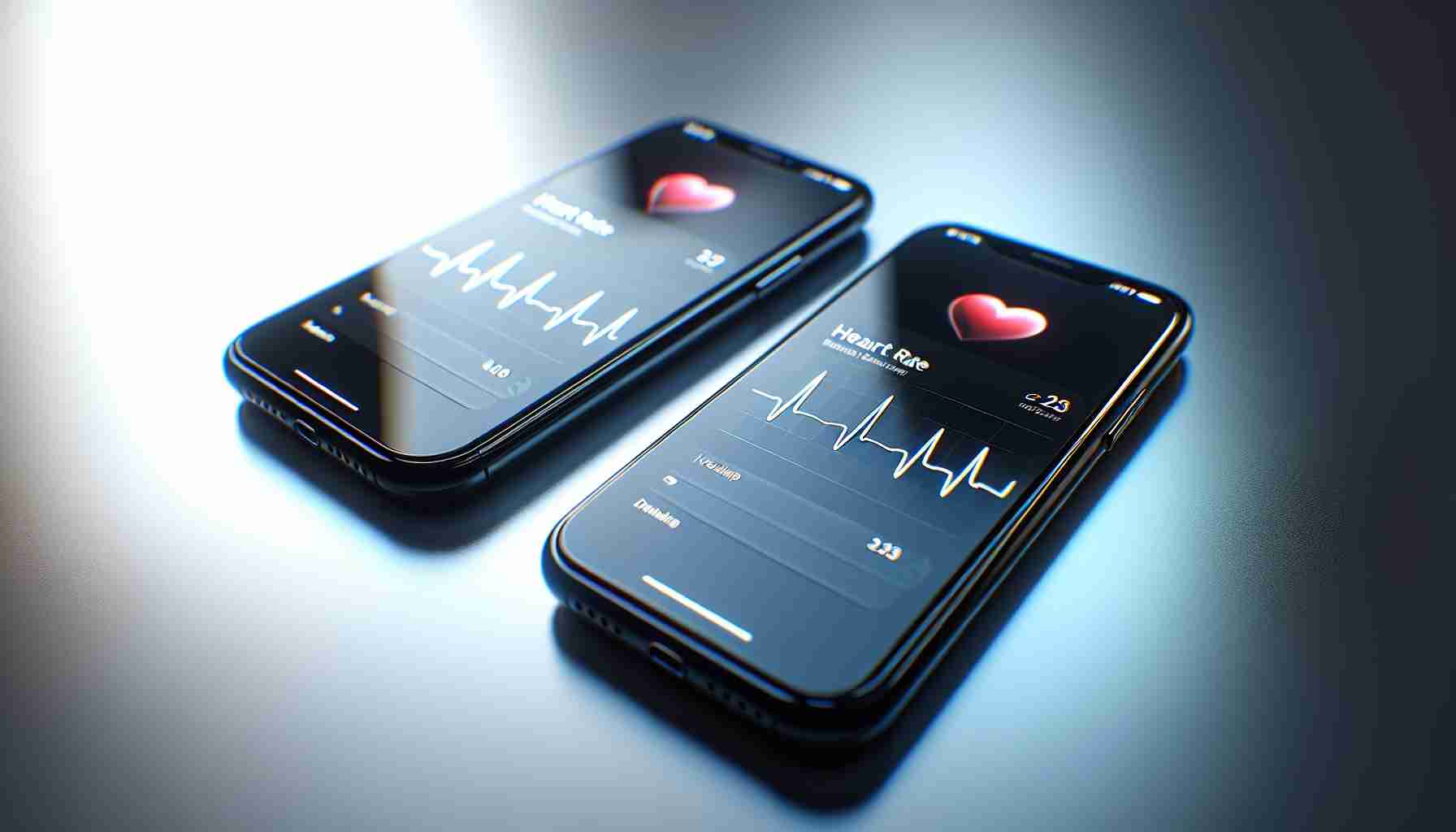Xiaomi Smartphone Users Can Now Track Their Heart Rates
Xiaomi smartphones harbor a feature that transforms the device into a makeshift heart rate monitor. Pioneered in MIUI 13 and sustained in HyperOS, this innovation leverages the device’s fingerprint sensor to gauge one’s heart rate.
By understanding that blood has a degree of transparency, Xiaomi’s technology illuminates the finger and observes blood flow changes to deduce the beats per minute (BPM). The company asserts that the readings are within 3 BPM of accuracy.
Simple Steps to Measure Your Heartbeat with Xiaomi
To activate this health-centric functionality on a Xiaomi handset, users should navigate to HyperOS settings, proceed to ‘Additional Settings,’ and select the ‘Heart rate’ option. Resting the finger on the sensor for 15 seconds is all it takes for users to get their BPM reading.
During a hands-on test using the latest Xiaomi model, the results echoed Xiaomi’s claim, with no significant deviation when compared to a standard smartwatch’s heart rate data. Nevertheless, it is important to bear in mind that such phone-based measurements are not an outright replacement for professional medical devices or specialized health apps.
Interested in delving deeper? Additional insights can be sourced from expert reviews on heart rate measurement using smartphones and Xiaomi-specific HyperOS shortcuts that can enhance user experience.
Let us know your thoughts on the Health Rate feature. Is it a staple in your health monitoring routine?
Important Questions & Answers
Q: How does the Xiaomi smartphone measure heart rate using the fingerprint sensor?
A: Xiaomi smartphones use the built-in fingerprint sensor to measure heart rate by detecting blood flow changes. The sensor illuminates the finger placed on it and observes the transparency of blood to calculate the beats per minute (BPM).
Q: Are the heart rate readings from Xiaomi smartphones accurate?
A: Xiaomi claims that the heart rate readings from its smartphones are accurate to within 3 BPM. However, users should be aware that these readings are not intended to replace the advice and expertise of healthcare professionals.
Challenges & Controversies
One of the key challenges is ensuring that the heart rate readings from a smartphone sensor are consistently accurate and reliable. Since physical activity, sensor placement, and environmental factors can affect the results, there might be some variance in readings. Another concern is users might overly rely on these measurements for medical decisions instead of consulting with healthcare professionals.
Advantages
– Convenience: Having a heart rate monitor on a device that many people carry everywhere is extremely handy.
– Cost-saving: It offers basic heart rate monitoring without the need for additional devices such as a smartwatch or heart rate strap.
– Usability: The ease of accessing this feature through a few taps in the smartphone’s settings enhances user experience.
Disadvantages
– Limited medical use: The heart rate measurement is not suitable for medical diagnostics.
– Potential for inaccuracy: As a non-medical device, there might be greater variability in accuracy.
– Over-reliance risk: Users might trust the readings for health status without professional advice.
For more information and discussions on smartphones and health monitoring technology, you can visit the Xiaomi official website via this link.
Remember, while the heart rate feature on Xiaomi smartphones is a great addition for casual health monitoring, it’s important to consult with healthcare professionals for comprehensive health assessments and advice.
The source of the article is from the blog mgz.com.tw
